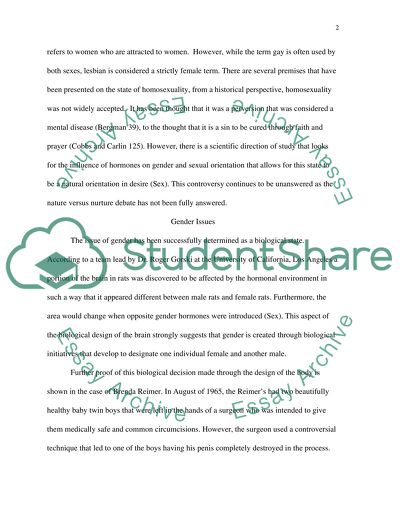Cite this document
(Homosexuality - Nature versus Nurture Literature review, n.d.)
Homosexuality - Nature versus Nurture Literature review. Retrieved from https://studentshare.org/gender-sexual-studies/1555240-controversy-homosexuality
Homosexuality - Nature versus Nurture Literature review. Retrieved from https://studentshare.org/gender-sexual-studies/1555240-controversy-homosexuality
(Homosexuality - Nature Versus Nurture Literature Review)
Homosexuality - Nature Versus Nurture Literature Review. https://studentshare.org/gender-sexual-studies/1555240-controversy-homosexuality.
Homosexuality - Nature Versus Nurture Literature Review. https://studentshare.org/gender-sexual-studies/1555240-controversy-homosexuality.
“Homosexuality - Nature Versus Nurture Literature Review”. https://studentshare.org/gender-sexual-studies/1555240-controversy-homosexuality.


